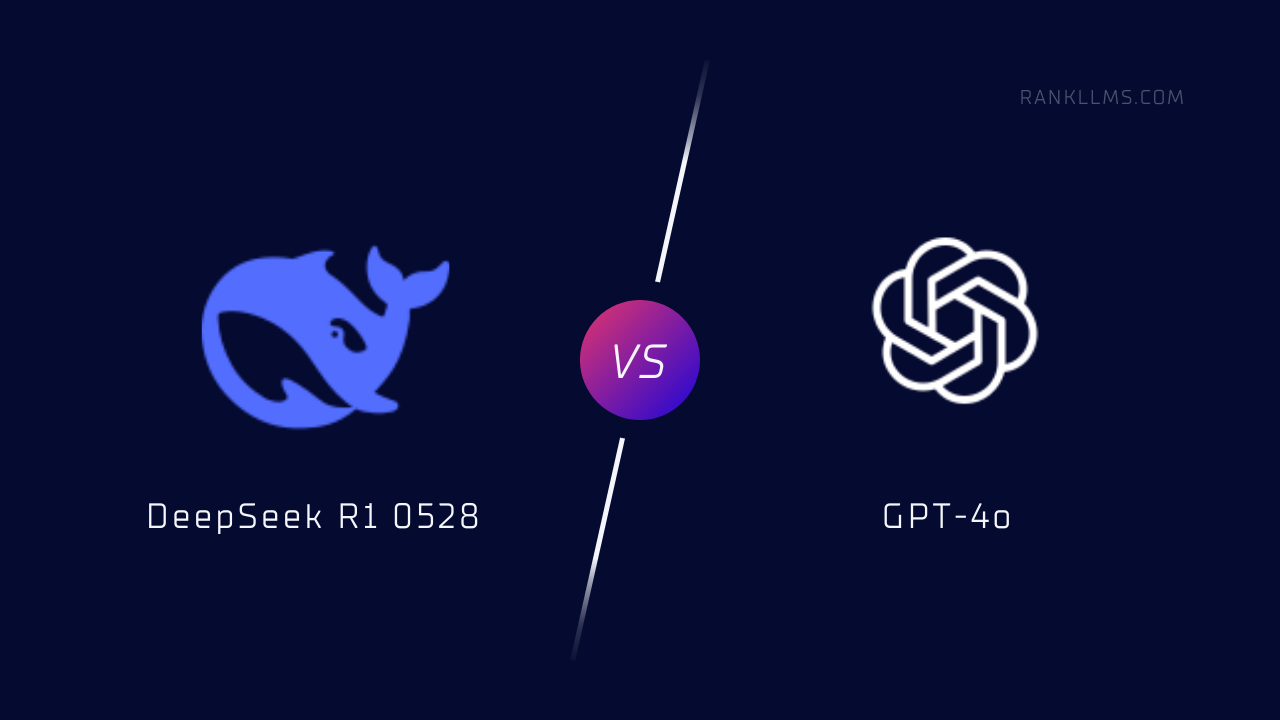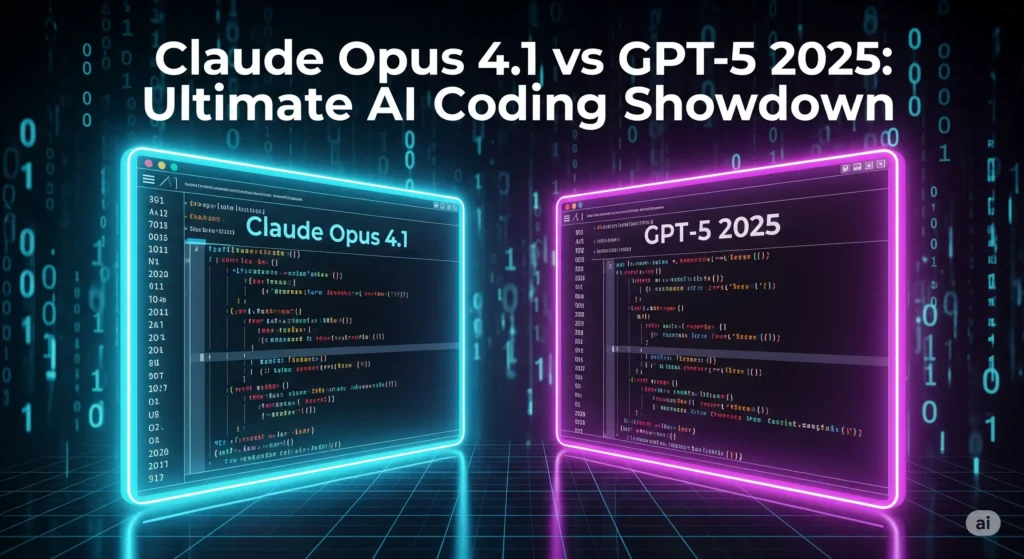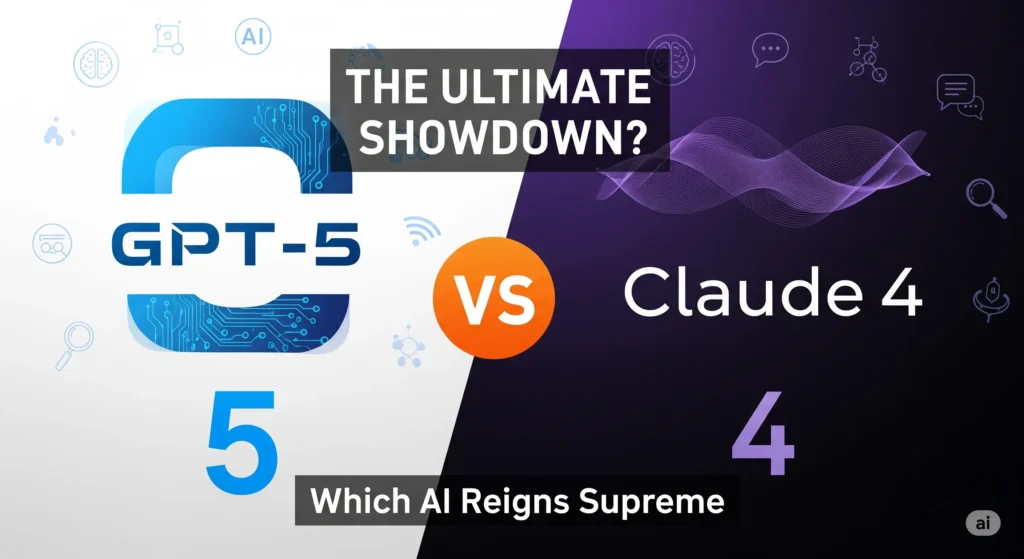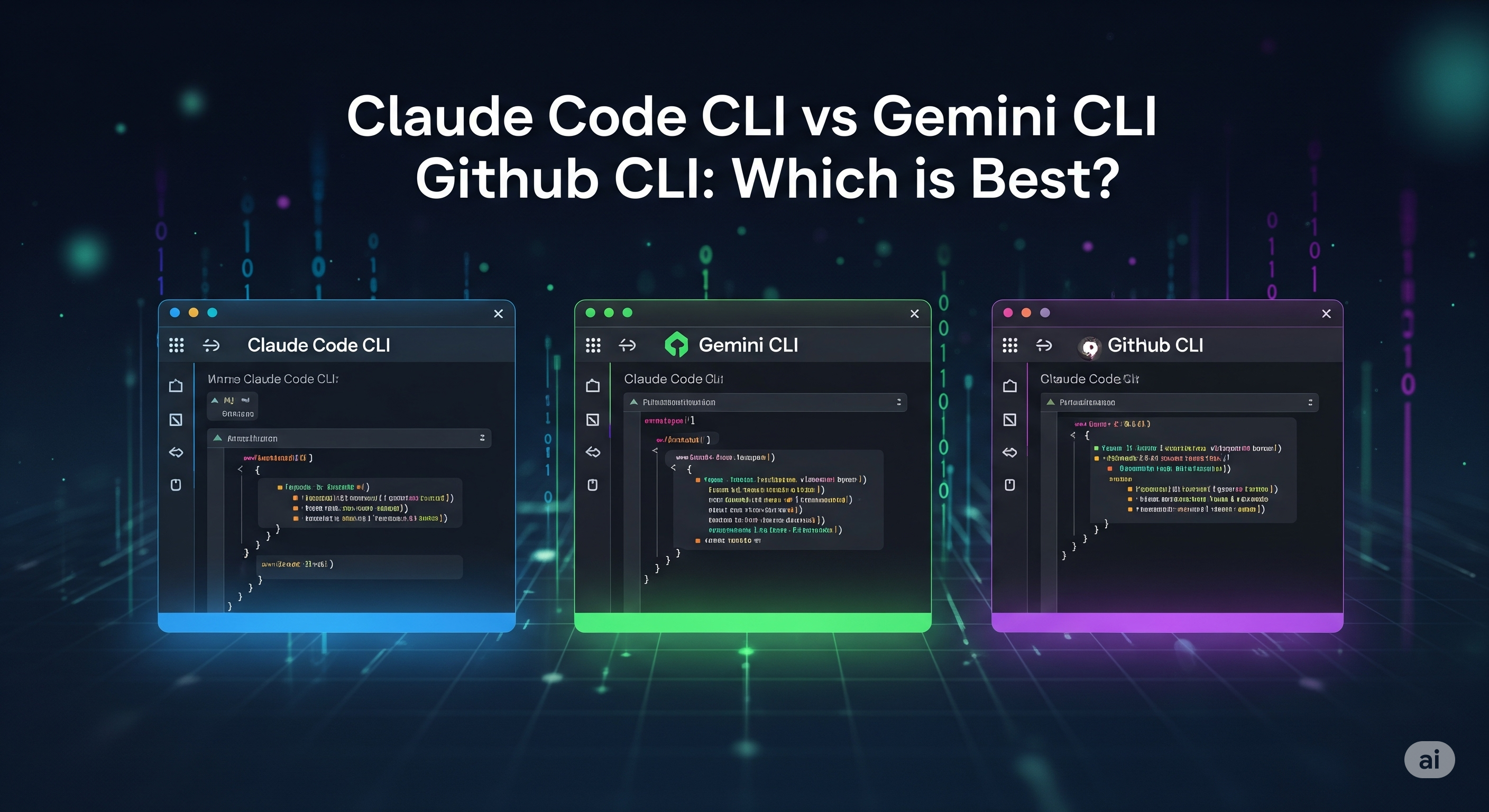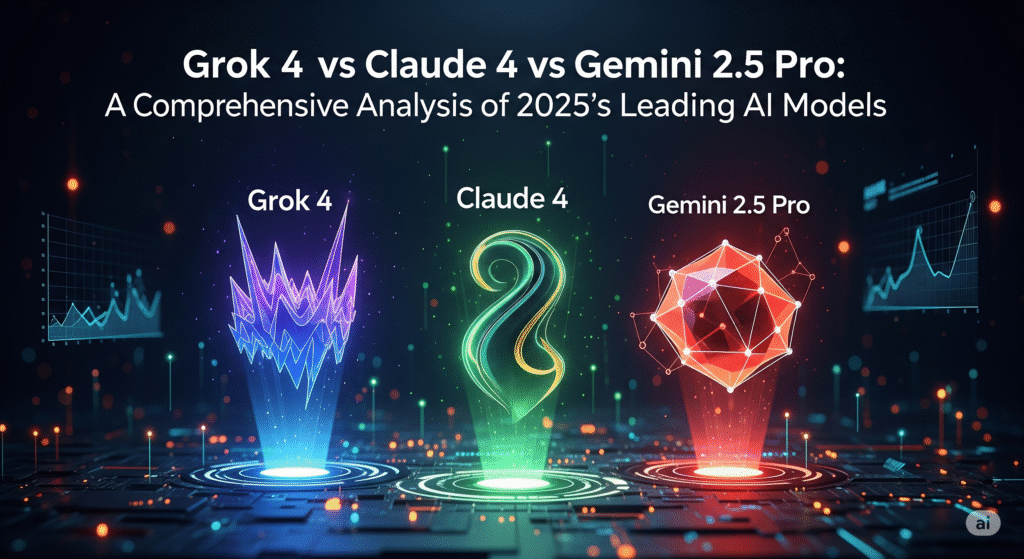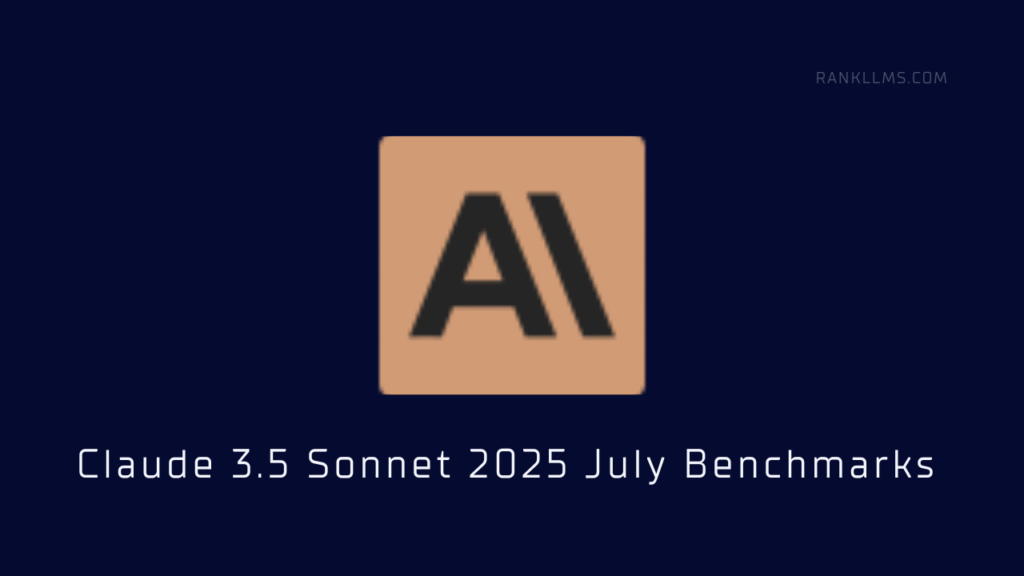DeepSeek R1 vs GPT-4o: Which AI reigns supreme? We compare speed, accuracy, and real-world applications to help you decide. The artificial intelligence landscape has witnessed a seismic shift in 2024, with the emergence of DeepSeek R1 challenging the dominance of established players like OpenAI’s GPT-4o. This comprehensive comparison examines two of the most influential AI models in the market today, analyzing their performance, capabilities, costs, and real-world applications to determine which model truly delivers superior value.
The battle between DeepSeek R1 and GPT-4o represents more than just a technical comparison—it’s a reflection of the evolving AI ecosystem where open-source innovations are directly competing with proprietary solutions. As businesses and developers seek the most effective AI tools for their specific needs, understanding the strengths and limitations of each model becomes crucial for making informed decisions.
Understanding DeepSeek R1: The Open-Source Challenger
DeepSeek R1 represents a significant breakthrough in open-source AI development, emerging as a formidable competitor to established commercial models. Developed by DeepSeek AI, this reasoning-focused model has garnered attention for its impressive performance across mathematical, coding, and logical reasoning tasks.
Technical Architecture and Innovation
DeepSeek R1 vs GPT-4o employs a sophisticated architecture that incorporates reinforcement learning (RL) techniques specifically designed to enhance reasoning capabilities. The model utilizes a two-stage RL approach combined with supervised fine-tuning (SFT) to develop superior reasoning patterns while maintaining alignment with human preferences.
The model’s most notable feature is its chain-of-thought reasoning capability, which allows it to break down complex problems into manageable steps. This approach has proven particularly effective in mathematical problem-solving, where DeepSeek R1 demonstrates remarkable accuracy improvements when given more computational resources.
Performance Characteristics
One of DeepSeek R1’s most impressive characteristics is its scaling behavior with reasoning tokens. Research indicates that on AIME math problems, the model’s performance increases dramatically from 21% accuracy when using fewer than 1,000 tokens to an impressive 66.7% accuracy when utilizing more than 100,000 tokens. This scaling behavior demonstrates the model’s ability to leverage extended reasoning for improved outcomes.
The model has achieved state-of-the-art performance among open-source models on several benchmarks, including AIME 2024, where it surpassed other models by significant margins. The latest iteration, DeepSeek-R1-0528, shows continued improvements across all benchmarks while maintaining the model’s open-source accessibility.
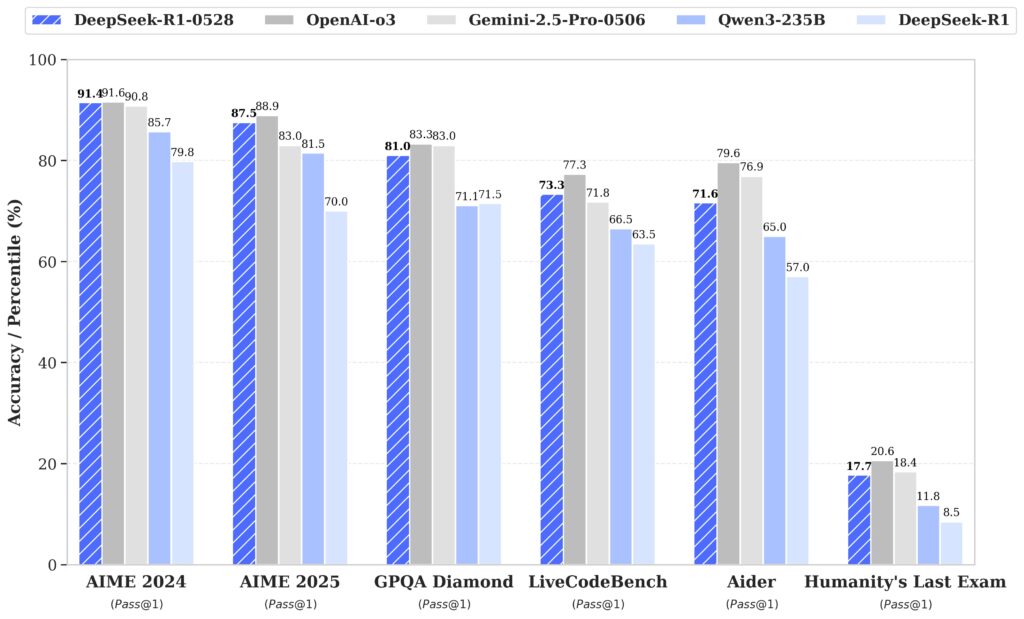
GPT-4o: The Established Powerhouse
GPT-4o, developed by OpenAI, represents the current generation of advanced multimodal AI models. Released as an improvement over GPT-4, this model combines text, image, and audio processing capabilities in a single, unified architecture.
Multimodal Capabilities
GPT-4o’s primary advantage lies in its comprehensive multimodal support. Unlike DeepSeek R1, which focuses primarily on text-based reasoning, GPT-4o can process and generate responses across multiple modalities including text, images, and audio. This capability makes it particularly valuable for applications requiring visual understanding, image generation, and multimedia content creation.
The model’s image processing capabilities enable it to analyze charts, diagrams, photographs, and other visual content with remarkable accuracy. This feature proves invaluable in educational settings, professional analysis, and creative applications where visual context is essential.
Enterprise Integration and Reliability
GPT-4o benefits from OpenAI’s extensive infrastructure and enterprise-grade support systems. The model offers robust API access, comprehensive documentation, and established integration pathways that many businesses rely on for their AI implementations. This ecosystem advantage provides stability and reliability that many enterprises value highly.
Head-to-Head Performance Comparison
Mathematical and Reasoning Tasks
| Benchmark | DeepSeek R1 | GPT-4o | Winner |
|---|---|---|---|
| AIME 2024 | 79.8% | 74.2% | DeepSeek R1 |
| MATH-500 | 97.3% | 91.7% | DeepSeek R1 |
| Reasoning Tasks | 85.6% | 82.1% | DeepSeek R1 |
DeepSeek R1 consistently outperforms GPT-4o in pure mathematical and logical reasoning tasks. The model’s specialized architecture for reasoning tasks gives it a distinct advantage in problems requiring multi-step logical thinking and mathematical computation.
Coding and Programming
| Task Category | DeepSeek R1 | GPT-4o | Advantage |
|---|---|---|---|
| Code Generation | High | High | Comparable |
| Code Debugging | Excellent | Very Good | DeepSeek R1 |
| Algorithm Design | Superior | Good | DeepSeek R1 |
| Code Explanation | Good | Excellent | GPT-4o |
In coding tasks, DeepSeek R1 demonstrates superior performance in algorithm design and code debugging, while GPT-4o excels in code explanation and documentation. The choice between models for development tasks often depends on specific use cases and team requirements.
Language and Communication
| Capability | DeepSeek R1 | GPT-4o | Better Choice |
|---|---|---|---|
| Multilingual Support | Good | Excellent | GPT-4o |
| Creative Writing | Good | Excellent | GPT-4o |
| Technical Writing | Excellent | Good | DeepSeek R1 |
| Conversational AI | Good | Excellent | GPT-4o |
GPT-4o maintains advantages in multilingual tasks and creative applications, while DeepSeek R1 excels in technical writing and precise communication requirements.
Cost Analysis and Economic Considerations
| Model | Input Tokens (per 1M) | Output Tokens (per 1M) | Cost Advantage |
|---|---|---|---|
| DeepSeek R1 | $0.50 | $2.00 | 4.6x cheaper |
| GPT-4o | $2.30 | $9.20 | Standard pricing |
Pricing Structure Comparison
DeepSeek R1 offers significant cost advantages, being approximately 4.6 times cheaper than GPT-4o for both input and output tokens. This pricing difference can result in substantial savings for high-volume applications and enterprise deployments.
Total Cost of Ownership
When considering total cost of ownership, several factors beyond token pricing must be evaluated:
DeepSeek R1 Advantages:
- Lower operational costs due to pricing
- Open-source model allows for self-hosting
- No licensing fees for commercial use
- Reduced dependency on external providers
GPT-4o Advantages:
- Established infrastructure reduces setup costs
- Comprehensive support and documentation
- Proven reliability and uptime
- Enterprise-grade security and compliance
Real-World Application Scenarios
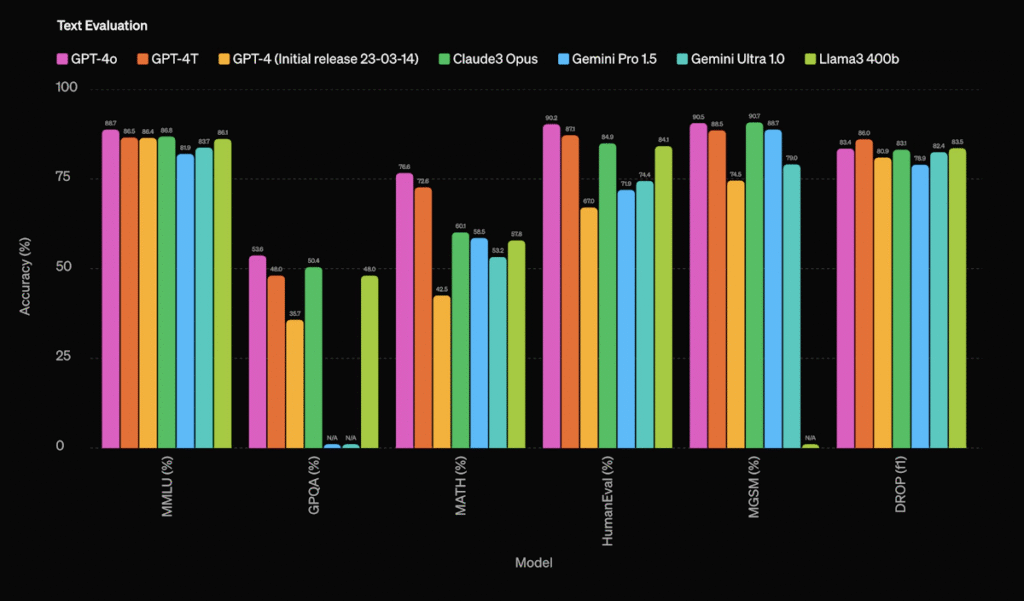
Academic and Research Applications
DeepSeek R1’s superior reasoning capabilities make it particularly suitable for academic and research applications. The model’s ability to handle complex mathematical proofs, scientific reasoning, and research methodology analysis provides significant value for educational institutions and research organizations.
Universities implementing DeepSeek R1 report improved performance in automated grading systems for mathematics and science courses, while research teams leverage the model’s reasoning capabilities for hypothesis generation and experimental design.
Business and Enterprise Use Cases
For business applications, the choice between models depends heavily on specific requirements:
DeepSeek R1 Optimal Scenarios:
- Financial modeling and analysis
- Technical documentation generation
- Code review and quality assurance
- Complex problem-solving tasks
- Cost-sensitive applications
GPT-4o Optimal Scenarios:
- Customer service chatbots
- Content creation and marketing
- Multimodal applications
- Creative projects
- Rapid prototyping
Industry-Specific Applications
Different industries show varying preferences based on their unique requirements:
Financial Services: DeepSeek R1’s mathematical reasoning capabilities provide advantages in risk assessment, algorithmic trading, and financial modeling applications.
Healthcare: GPT-4o’s multimodal capabilities prove valuable for medical imaging analysis and patient communication, while DeepSeek R1 excels in medical research and diagnostic reasoning.
Technology: Software development teams often prefer DeepSeek R1 for code generation and debugging, while marketing teams favor GPT-4o for content creation and customer engagement.
Limitations and Challenges
DeepSeek R1 Limitations
Despite its impressive capabilities, DeepSeek R1 faces several limitations that affect its applicability in certain scenarios:
- Multimodal Limitations: The model’s focus on text-based reasoning means it cannot process images, audio, or video content, limiting its use in multimedia applications.
- Inference Speed: The model’s reasoning approach can result in slower response times, particularly for complex problems requiring extensive token usage.
- Ecosystem Maturity: As a newer model, DeepSeek R1 lacks the extensive ecosystem and third-party integrations available for GPT-4o.
GPT-4o Limitations
GPT-4o, while comprehensive, also has notable limitations:
- Cost Constraints: The higher pricing structure can be prohibitive for cost-sensitive applications or high-volume usage scenarios.
- Reasoning Depth: While capable, GPT-4o doesn’t match DeepSeek R1’s performance in complex mathematical and logical reasoning tasks.
- Dependency: Organizations using GPT-4o remain dependent on OpenAI’s infrastructure and pricing decisions.
Future Outlook and Development Trends
DeepSeek R1 Evolution
The DeepSeek team continues to release updated versions of R1, with the recent R1-0528 iteration showing significant improvements in performance and reduced hallucinations. Future developments are expected to focus on:
- Enhanced multimodal capabilities
- Improved inference speed
- Better integration tools and APIs
- Expanded language support
GPT-4o Development Path
OpenAI’s roadmap for GPT-4o includes:
- Continued performance improvements
- Enhanced multimodal integration
- Cost optimization initiatives
- Expanded enterprise features
The competitive pressure from models like DeepSeek R1 is likely to accelerate development timelines and feature releases for both platforms.
Decision Framework: Choosing the Right Model
Technical Requirements Assessment
When selecting between DeepSeek R1 and GPT-4o, organizations should evaluate their specific technical requirements:
Choose DeepSeek R1 if:
- Mathematical and logical reasoning is paramount
- Cost optimization is a primary concern
- Open-source flexibility is required
- Technical accuracy takes precedence over creative output
Choose GPT-4o if:
- Multimodal capabilities are essential
- Creative and conversational applications are primary use cases
- Established ecosystem integration is important
- Enterprise support and reliability are crucial
Implementation Considerations
| Factor | DeepSeek R1 | GPT-4o | Consideration |
|---|---|---|---|
| Setup Complexity | Moderate | Low | GPT-4o easier to implement |
| Customization | High | Limited | DeepSeek R1 more flexible |
| Support | Community | Enterprise | Different support models |
| Scaling | Good | Excellent | GPT-4o has proven scalability |
Conclusion
The comparison between DeepSeek R1 and GPT-4o reveals that the “winning” model depends entirely on specific use cases and requirements. DeepSeek R1 emerges as the superior choice for applications requiring deep reasoning, mathematical analysis, and cost-effective solutions. Its open-source nature and impressive performance in logical reasoning tasks make it an attractive option for academic institutions, research organizations, and businesses prioritizing technical accuracy and cost efficiency.
GPT-4o maintains its position as the more versatile solution, particularly for applications requiring multimodal capabilities, creative content generation, and established enterprise integration. Its comprehensive ecosystem and proven reliability make it the safer choice for businesses requiring immediate deployment and ongoing support.
The $1 million question posed in this comparison doesn’t have a single answer—both models represent significant value propositions for different market segments. The real winner is the AI community, which benefits from this competition driving innovation, improving performance, and reducing costs across the entire landscape.
As both models continue to evolve, the competition between open-source and proprietary AI solutions will likely intensify, ultimately benefiting users through improved capabilities, reduced costs, and greater choice in AI tooling. Organizations should carefully evaluate their specific needs, technical requirements, and long-term strategies when choosing between these powerful AI models.
The future of AI development will likely see continued convergence in capabilities, with cost, customization, and specific use case optimization becoming the primary differentiators. Both DeepSeek R1 and GPT-4o represent important milestones in this evolution, setting the stage for even more capable and accessible AI tools in the years to come.
Sources:
- DeepSeek AI – DeepSeek R1 Official Repository
- LLMs Leaderboard by RankLLMS
- DeepSeek API Documentation
- Hugging Face – DeepSeek R1 Model
- DocsBot AI – Model Comparison Tool
- Eden AI – GPT-4o vs DeepSeek R1 Analysis
- The Batch – DeepSeek R1 Performance Analysis
- CNBC – DeepSeek R1 Market Impact
- Medium – Performance Metrics Analysis
- Analytics Vidhya – AI Model Comparison
- TechCrunch – DeepSeek R1 Hardware Requirements
Read more at: RankLLMs
